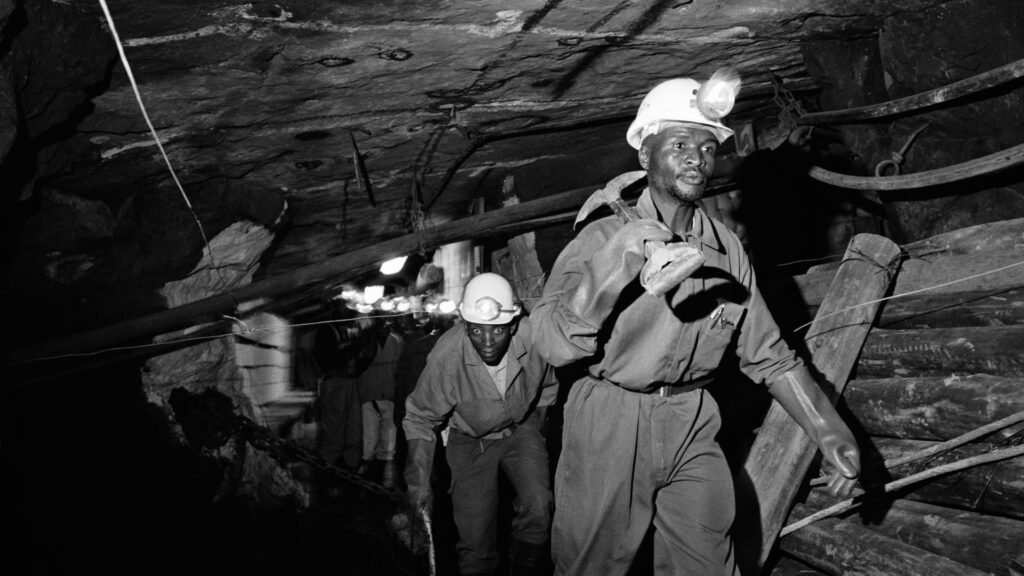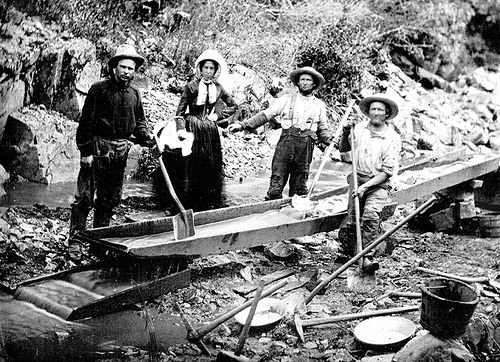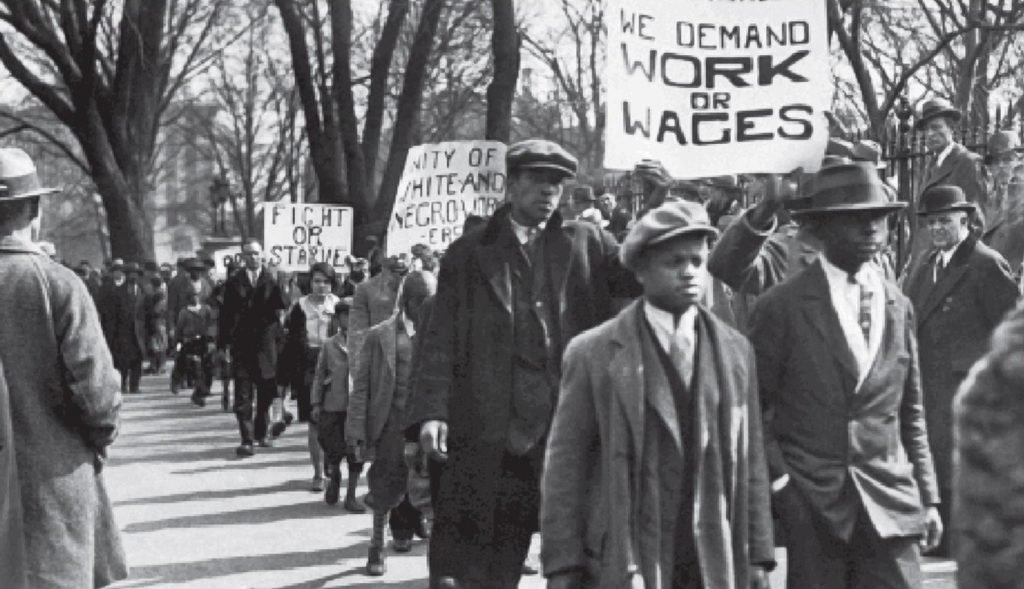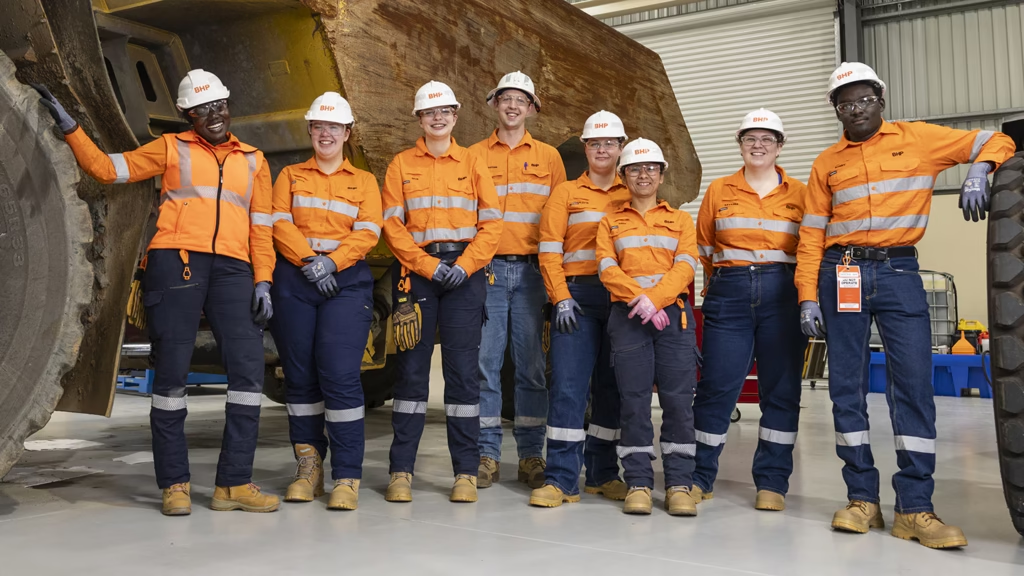Mining in South Africa During Apartheid

The mining sector in South Africa during apartheid was deeply intertwined with the system of racial segregation, labor exploitation, and economic control. From the 1948 implementation of apartheid to its end in 1994, mining was a cornerstone of the South African economy, but also a site of social injustice, forced labor, and environmental degradation.
Here’s a detailed look at how mining in South Africa operated under apartheid, its social and political implications, and its long-term impact on the industry and society.
1. Mining as an Economic Pillar Under Apartheid
- Gold mining was central to the South African economy, especially in the Witwatersrand Basin, where gold deposits fueled industrial growth.
- The mining industry was dominated by white-owned companies like Anglo American, De Beers, and AngloGold Ashanti.
- Apartheid policies ensured that Black laborers were used for low-wage, dangerous underground work while white management controlled operations.
2. Labor Practices and Forced Migration
- Labor Policies:
- Pass Laws restricted Black workers’ movement and forced them into migrant labor systems.
- Miners were often forced to live in company-owned hostels and subjected to poor living conditions.
- Migrant Labor System:
- Over 5 million Black workers were employed in mines, many from rural areas in Zululand, KwaZulu-Natal, and the Eastern Cape.
- Family separation was common, as miners were required to live away from home for extended periods.

3. Racial Segregation in the Workplace
- Workplace Discrimination:
- Black miners were assigned to dangerous, low-paying jobs such as underground shafts and open-pit operations.
- White workers held management and skilled roles, while Black workers were laborers and operators.
- Wage Disparities:
- Black miners earned fraction of what white workers did, despite performing high-risk, physically demanding work.

4. Environmental and Social Impact
- Environmental Degradation:
- Large-scale mining led to land destruction, water pollution, and deforestation.
- Open-pit and underground mining caused long-term ecological damage.
- Social Consequences:
- Health risks from poor ventilation, exposure to dust, and unsafe conditions.
- High mortality rates due to rockfalls, gas leaks, and lack of safety measures.
5. Resistance and Movements Against Apartheid Mining
- Mineworkers’ Strikes and Unions:
- The South African Mining Workers’ Union (SAMWU) and other organizations emerged to fight for better wages and safer conditions.
- Major strikes, such as the 1973 Marikana Strike, highlighted exploitative labor practices.
- Political Resistance:
- ANC and SACP opposed the mining system, linking it to economic inequality and racial oppression.
- Cape Town and Johannesburg became centers of anti-apartheid activism, including mining-related protests.

6. Post-Apartheid Mining Reforms
After 1994, the mining sector underwent significant changes:
- New legislation aimed to address inequities and promote transformation.
- B-BBEE (Broad-Based Black Economic Empowerment) policies sought to increase Black ownership and participation in mining.
- Improved safety standards and greater unionization helped increase worker rights.
Despite progress, legacy issues remain, including unequal access to mineral wealth and ongoing labor disputes.

FAQs
Q1: How did mining operate during apartheid?
A1: It was dominated by white-owned firms, with Black miners in low-wage, high-risk positions.
Q2: What was the role of migrant labor in South African mining?
A2: Migrant labor was central, with Black workers brought from rural areas to work in dangerous conditions.
Q3: Did mining support the apartheid regime?
A3: Yes—mining profits funded the state, while labor and land policies reinforced racial inequality.
Conclusion
Mining in South Africa during apartheid was a system of economic exploitation and social control. While the industry contributed significantly to national wealth, it also perpetuated racial and economic disparities. Understanding this history is essential for addressing legacy inequalities and shaping a more equitable future for the sector.

